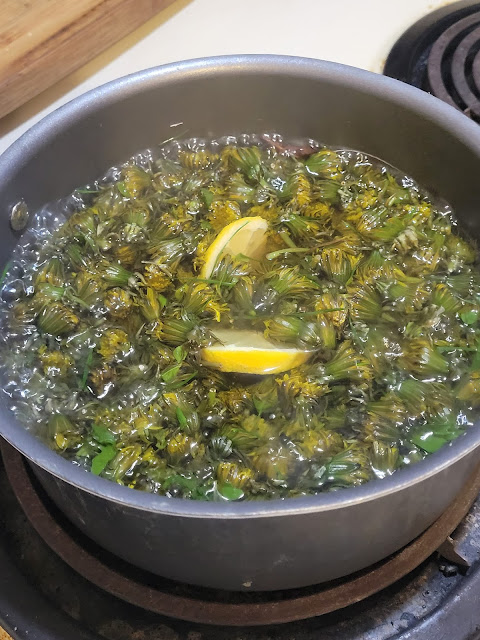From Farm to Fork: How One Couple Transformed Fresh Eggs into Months of Homemade Pasta Delights
There's something deeply satisfying about creating your own food from scratch, especially when it involves ingredients straight from your backyard.
In this article, we'll share an inspiring story of a couple who spent a day turning the abundance of eggs from their flock into a three-month supply of homemade pasta. With a simple recipe and a touch of creativity, they transformed their fresh eggs into a versatile staple that can be enjoyed by their family for months to come. Join us as we dive into their egg-to-pasta adventure and reveal the secrets behind their delicious homemade creations.
Related: Zucchini Flour: A Brilliant and Sustainable WWII Survival Technique
Recipe: Homemade Egg Pasta
Ingredients:
- - Eggs (quantity based on weight, as explained in the instructions)
- - White flour
- - Semolina flour
- - 1/2 teaspoon salt (generous)
Related: Zucchini Bread Bliss: A Homemade Delight That Will Leave You Craving More
Optional Ingredients for Colored Pasta:
- - Dehydrated beet powder (for red pasta)
- - Dehydrated ube (purple yam) powder (for purple pasta)
Instructions:
1. Weighing the Eggs:
- Begin by cracking and weighing three eggs. This will serve as the reference for the remaining measurements. Note the weight for future calculations.
2. Mixing the Dough:
- In a large mixing bowl, combine an equal weight of eggs, white flour, and semolina flour. For example, if the three eggs weighed 300 grams, you would use 300 grams of each flour.
- Add the generous half teaspoon of salt to the mixture.
3. Kneading and Resting:
- Transfer the mixture to a clean work surface and knead the dough until it becomes smooth and elastic. This process helps develop gluten and gives the pasta its desired texture.
- Once the dough is well-kneaded, cover it with a clean cloth or plastic wrap and let it rest for about 30 minutes. This allows the gluten to relax and makes the dough easier to roll out.
Related: Transforming Zucchini into Pineapple Magic: A Must-Try Mock Pineapple Recipe
4. Shaping the Pasta:
- After the resting period, divide the dough into manageable portions.
- Using a pasta machine or a rolling pin, roll out each portion to your desired thickness. You can adjust the thickness depending on the type of pasta you prefer, such as spaghetti, fettuccine, or lasagna sheets.
- For colored pasta, incorporate the dehydrated beet powder or ube powder into the dough during the kneading process. Adjust the amount to achieve the desired intensity of color.
5. Drying the Pasta:
- To make the pasta shelf-stable, place the cut or shaped pasta on drying racks or baking sheets.
- Heat a dehydrator to 135°F (57°C) and transfer the pasta to the dehydrator trays.
- Allow the pasta to dry in the dehydrator for a few hours until it reaches a firm, brittle consistency. This step ensures that the pasta is thoroughly dried and can be stored for an extended period.
6. Storing and Enjoying:
- Once the pasta is completely dried, store it in airtight containers or resealable bags.
- The homemade pasta can be stored in a cool, dry place for up to three months.
- When you're ready to cook the pasta, simply boil it in salted water until al dente. Serve it with your favorite sauce, herbs, or vegetables for a truly satisfying meal.
Transforming an abundance of fresh eggs into a supply of homemade pasta is a rewarding culinary adventure.
As demonstrated by this couple, the process is simple and allows for customization with vibrant natural colors. By following the recipe and taking the extra step to dehydrate the pasta, they ensured its long shelf life without compromising its flavor and texture. So, why not embark on your own egg-to-pasta journey? Gather your fresh eggs, roll up your sleeves, and turn your kitchen into a pasta-making haven. Enjoy the fruits of your labor as you savor the taste of homemade pasta, knowing that you've created a delightful meal for your family that will last for months to come.





















Comments
What if you don’t have a dehydrator?! How long do u dry the pasta? In the oven?
ReplyDelete